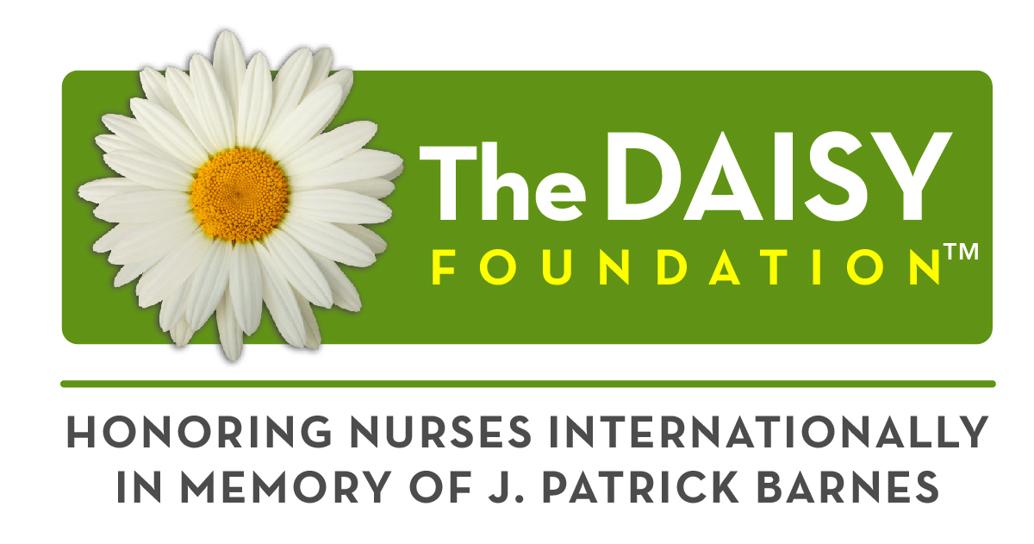Tidbit Tuesday: Fats
Fats that you eat hold both good and bad attributes. It is a macronutrient like carbohydrates and protein. Too much saturated fat in your diet can raise your cholesterol, which increases the risk of heart disease. However, unsaturated fat is good for lowering your cholesterol and helping your body absorb vitamins A, D, E and K.
Overall, fat in the body is a source of energy. It helps to provide insulation, regulate body temperature and cushions the organs. It also contains essential fatty acids, which your body cannot make itself. Below you will find the breakdown of the different types of fats and what they do to or for our bodies.
Saturated fat:
Saturated fat is not a healthy fat and eating too much can raise the level of bad (LDL) cholesterol in your blood. A high level of LDL cholesterol increases your risk of heart disease and stroke. Because they are typically solid at room temperature, they are sometimes called “solid fats.” Examples of saturated fat include whole milk, red meats, cheese and coconut oil. If you eat poultry, pork, beef or other meat, which are all great sources of protein that bariatric patients need, choose lean cuts of meat, skinless poultry and unprocessed forms.
Trans fat:
Trans fatty acid (trans fats) is an unhealthy fat that can increase bad (LDL) cholesterol and decrease good (HDL) cholesterol. Trans fats are naturally-occurring in some meats and dairy, but also made through a process called hydrogenation, which turns a liquid fat into a solid fat. Artificial trans fats were banned by the FDA in 2015. Some trans fats may still be present in food and can be identified by looking for “partially hydrogenated oils” in ingredient lists.
Monounsaturated fat:
Monounsaturated fat is a healthier fat. When eaten in moderation and when used to replace saturated fat and trans fat, it can improve your health by lowering cholesterol. This, in turn, helps to lower your risk of cardiovascular disease. Examples of monounsaturated fat include olive, peanut, canola and sunflower oils, avocados, peanut butter, cashews, almonds, pistachios, peanuts and pecans. Try to use monounsaturated fats over saturated and trans fats.
Polyunsaturated fat:
Polyunsaturated fat is another healthier fat which can reduce your risk of heart disease. It helps lower your bad (LDL) cholesterol level when eaten in moderation and when used to replace saturated fat and trans fat. Polyunsaturated fats contribute vitamin E to the diet which is an antioxidant that most people need more of. Food that has omega-3, which is a type of polyunsaturated fat, helps to provide some fat that your body cannot make on its own. They help to improve lipid levels, reduce depression and improve other conditions like brain function, skin and heart health. Examples of polyunsaturated fat include walnuts, flaxseed, fatty fish and soybean oil
If you have any questions, feel free to call our office at 785-232-0444.
Fat serving sizes:
Each serving of fat contains 5 grams of fat and 45 calories (1 tablespoon = 3 teaspoons). You should limit yourself to 2-3 servings of fat per meal.
A few examples of what a single serving of fat can look like:
* 2 teaspoons of nut butter
* 1.5 teaspoon natural butter
* 2 tablespoon avocado
* 2 teaspoons creamy salad dressing
* 2 tablespoons light salad dressing
* 6 almonds, cashews or mixed nuts
* 1 tablespoon light tub margarine
RECIPE:
String Bean & Fingerling Potato Salad with Shrimp
(low in saturated fat)
Makes 4, 1 ½ cup Servings
Ingredients:
* 1 pound fingerling potatoes, halved lengthwise
* ½ pound string beans, trimmed and halved crosswise
* 2 teaspoons Dijon mustard
* 2 ½ tablespoons cider vinegar
* 1 tablespoon olive oil
* ¼ teaspoon salt
* ¼ teaspoon pepper
* 2 tablespoons chopped fresh dill
* ¾ pound medium shrimp, cooked, peeled and deveined (about 17)
* 3 tablespoons pecan halves, toasted
Directions:
1. Place potatoes in a saucepan, cover with water to above the potatoes. Bring them to a boil and then simmer just until tender (about 8 minutes). Add string beans and simmer until beans are crisp and tender (about 3 minutes). Drain.
2. While the potatoes are cooking, combine Dijon mustard, vinegar, oil, salt, pepper and 1 tablespoon dill and stir with a whisk. Set dressing aside.
3. Place shrimp and potato and bean mixture on platter; drizzle with dressing. Garnish with pecans and remaining dill.
Nutrition:
230 calories 17g protein
8g fat 23g carbohydrates
1g saturated fat 4g fiber
5g monounsaturated fat 126mg cholesterol
2g polyunsaturated fat 4mg iron
304mg sodium 58mg calcium



